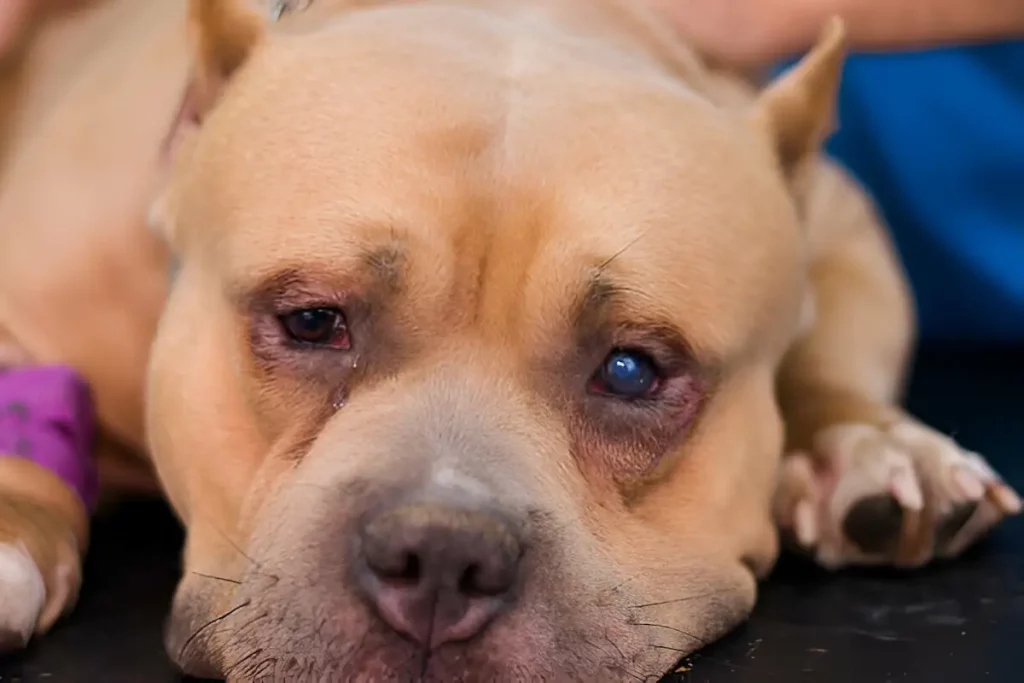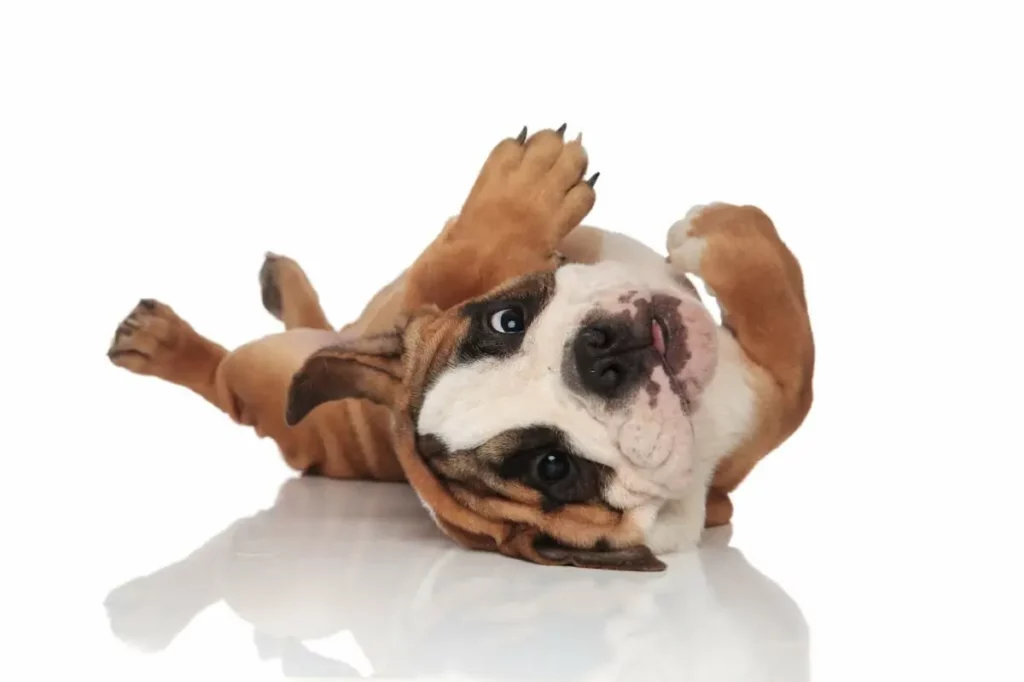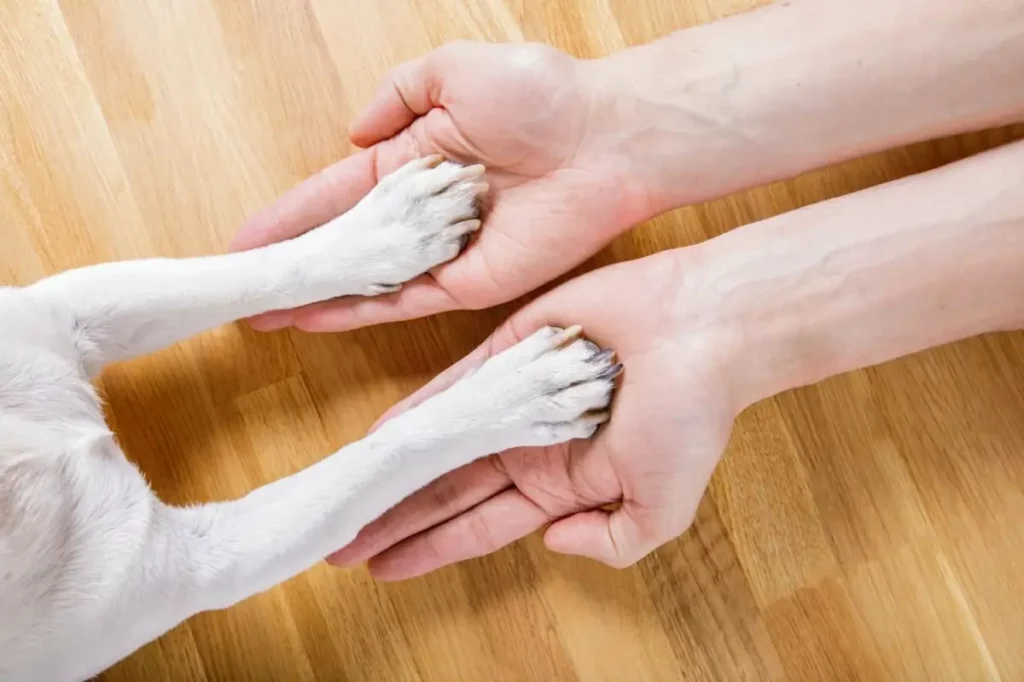Entropion is a condition that affects many dogs. When entropion in dogs occurs, the eyelid turns inward, causing the eyelashes to rub against the surface of the eye. This can cause significant irritation and lead to vision problems. Entropion is most commonly seen in dogs, but can also occur in cats. The condition can be treated with surgery to correct the position of the eyelid. If you think your dog has entropion, it is important to seek veterinary help as soon as possible.
What is entropion and what causes it in dogs?
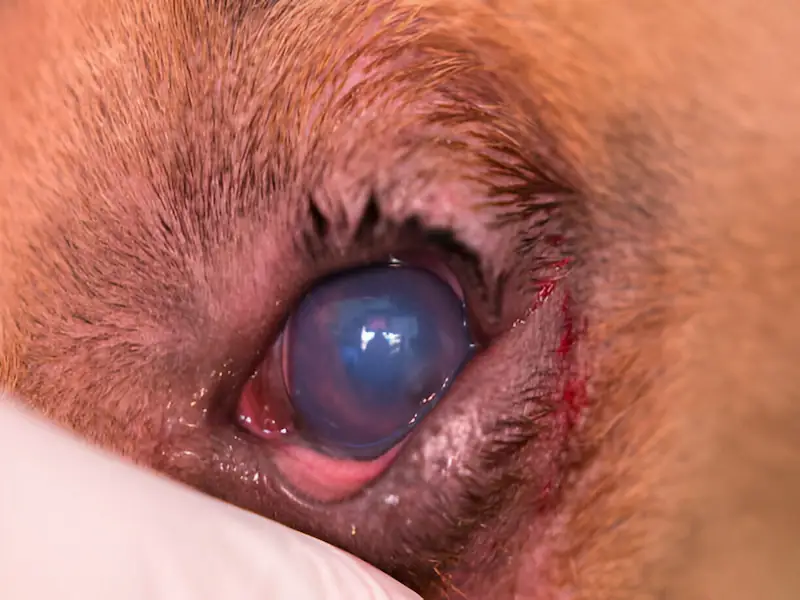
Entropion is a condition in which the eyelid turns inward and the surrounding eyelashes and hair rub against the dog’s sensitive cornea. The upper and lower eyelids may be affected in one or both eyes. Entropion causes eye irritation and, if not resolved quickly, can lead to corneal ulcers. Entropion can be genetic or secondary to another problem.
- Breed-Specific Problems: Entropion is genetic in short-snouted, giant, and sporting breeds.
- In short-nosed breeds (e.g., boxers, bulldogs, and pugs), the conformation of the nose and snout results in increased stress on the ligaments around the inner eye. This excessive tension can cause the upper and lower eyelids to roll inward.
- In giant breeds, which include St. Bernards, Great Danes, and Bullmastiffs, the ligaments around the outer corners of the eyes are excessively loose, causing the eyelids in this area to roll inward.
- Entropion affects sporting breeds, including golden retrievers, Irish setters, and Labrador retrievers, as well as giant dogs.
- In some breeds, such as the Shar Pei and the Cavalier King Charles Spaniel, selective breeding for skull formation, facial wrinkles, and prominent eyes has increased the occurrence of entropy.
- Secondary Causes: Entropion can also be caused by eyelid scarring, nerve damage, infection, and excessive weight loss.
Related also: how is Dogs Eyes Rolling Back 7 REASONS
What are entropion signs in dogs?
Dogs affected by entropion exhibit general eye discomfort usually rub their faces and are sensitive to light. Short-nosed breeds typically have excessive tears, bloodshot eyes, and excessive blinking, while giant and sporting breeds tend to have mucous or purulent secretions from the outer corner of the eye.
Signs seen in dogs with secondary entropion depend on the primary cause but usually include ocular discharge and strabismus. If entropion leads to corneal ulcers, the cornea may become foggy and appear white or blue.
How is entropion diagnosed in dogs?
Your vet will diagnose entropion when he observes your dog’s eyelid rolling inward. If your puppy has not opened his eyes by 5 weeks of age, you will need to examine the entropion in the eye.
Once entropion is identified, the eye is examined for corneal ulceration. A fluorescent dye is applied to the cornea and the ulcerated cornea absorbs the dye while healthy tissue remains transparent. If your dog’s cornea is damaged, he will need to be treated aggressively to prevent infection. This usually requires administration of topical eye drops or ointments several times daily.
How to treat entropion
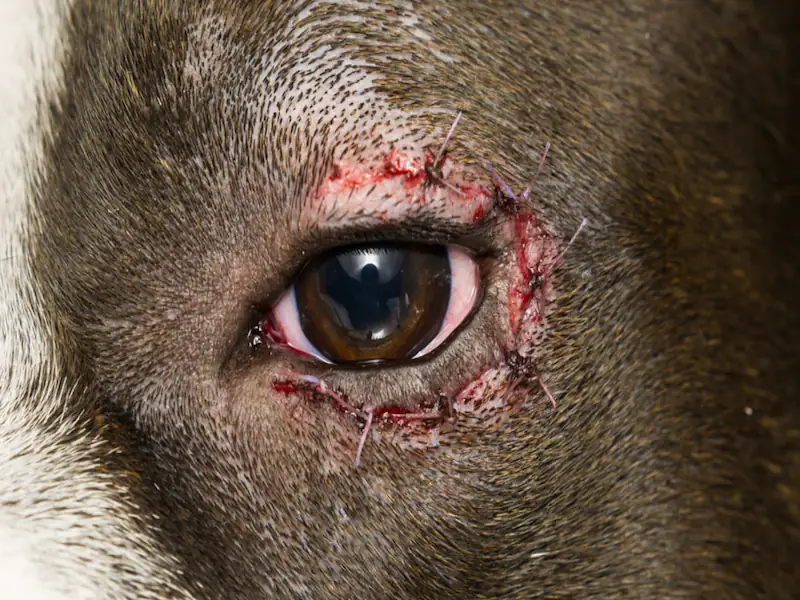
Treatment depends on the severity of the disease. Your veterinarian will determine the severity of the entropion and whether or not the cornea is damaged.
Medication
A topical antibiotic ointment may be recommended to prevent infection and lubricate the eyes. The condition may or may not progress, so it is important to use the medication as directed, consult your veterinarian for recommended follow-ups, and contact him at the first sign of any change in the eyes.
Sutures
In puppies affected by entropion, the eyelids may be temporarily fixed with stitches that can be removed as the puppy grows. Some dogs’ heads may grow and change shape to the point where the entropion becomes mild or disappears completely.
surgery
If entropion is severe enough to damage the cornea, surgery may be necessary.1 Adult dogs affected by entropion may need surgery to permanently reshape their eyelids so that they no longer roll inward. This procedure is called blepharoplasty. It is a type of plastic surgery that involves removing excess eyelid tissue and stitching the eyelid into a more favorable position for proper eyelid function.2 Blepharoplasty can be performed by a certified veterinary ophthalmologist or an experienced veterinarian.
FAQs: Entropion In Dogs
Why does my dogs eyelid roll in?
Entropion is a condition in which the eyelid turns inward and the surrounding eyelashes and hair rub against the dog’s sensitive cornea. The upper and lower eyelids may be affected in one or both eyes. Entropion causes eye irritation and, if not resolved quickly, can lead to corneal ulcers
Why does my dog’s eyes keep rolling back?
Entropion (eyelid rolling) in dogs is usually the result of genetic (breed-related) factors. It can also happen as our dogs get older or if there is another eye problem that causes strabismus.
Q. What is entropion (eyelid rolling, eyelid inversion) in dogs?
Entropion (eyelid rolling) in dogs is usually the result of genetic (breed-related) factors. It can also happen as our dogs get older or if there is another eye problem that causes strabismus.
Dog breeds that tend to have entropion (eyelid rolling) are dogs with drooping eyelids and/or lots of skin folds (e.g. Bulldogs, Shar Peis, Mastiffs, Labradors). Cats may also occasionally suffer from entropion (eyelid rolling, eyelid inversion), particularly cats with large, prominent faces such as Maine Coons. Learn more about eye problems in cats.
How do you fix entropion in dogs?
Entropion that develops after 12 months of age most often requires permanent surgical correction. If the condition develops in puppies or immature dogs, temporary correction with sutures (“eyelid rotation”) is recommended, as eyelid inversion may spontaneously improve with growth.
Q. What does entropion (eyelid rolling, eyelid inversion) in dogs look like?
Eyelid rolling in dogs causes the eyelid hairs to roll inward and rub the delicate tissue of the eyes. It looks like a “hair in the eye” and is very irritating. Entropion (eyelid rolling, eyelid inversion) in dogs causes squinting, tearing, rubbing, or unwillingness to open the eyes. Your dog or cat may not even want you to touch your eye or put medication in their eye.
Q. How is entropion (eyelid rolling, eyelid inversion) in dogs treated?
Entropion (eyelid rolling, eyelid inversion) in dogs is treated by removing loose or excess skin. This should be very accurate as overcorrection or removing too much skin can cause other eye problems for your dog.
It is important to ensure that other eye diseases are identified and treated before correcting entropion in dogs. It is also important to calm your pet as quickly as possible as entropion (eyelid rolling, eyelid inversion) is very unpleasant! A complete eye exam with Dr. Davis addresses your pet’s overall eye health before treating entropion.
Q. I think my dog has entropion (eyelid rolling, eyelid inversion), what should I do?
If you believe your dog is suffering from entropion (eyelid rolling, eyelid inversion) or another eye disease, you should schedule an appointment at our office. We would like to meet your pets and discuss any eye diseases your pet may have. Come and visit us!
home remedy for entropion in dogs
dog entropion surgery before and after
what causes entropion in dogs
eye drops for entropion in dogs
entropion dog symptoms
entropion dog breeds

